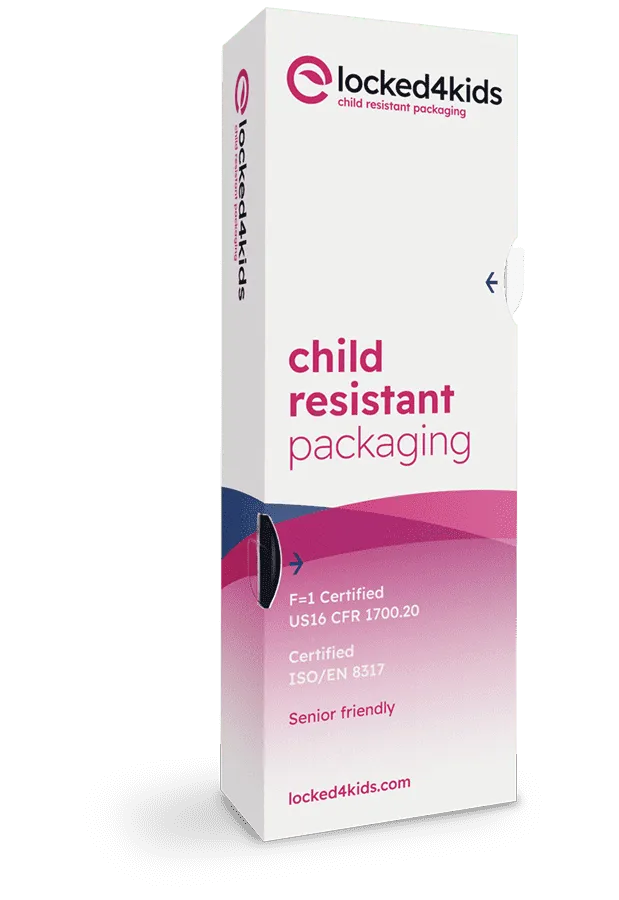In an era dominated by concerns about climate change and environmental degradation, the packaging industry is undergoing a transformative shift towards sustainability. The urgent need to reduce the carbon footprint and waste has led to innovative solutions, particularly the adoption of biodegradable materials in packaging. These materials not only decompose naturally, but also offer a promising avenue to mitigate the pervasive problem of plastic pollution. Let's delve into ten biodegradable materials for packaging.
1. Polylactic Acid (PLA)
Plastics Polylactic Acid, commonly known as PLA, is a bioplastic derived from renewable resources like corn starch or sugarcane. It's a game changer in the biodegradable materials sector, offering a viable alternative to petroleum-based plastics. PLA is versatile, used in everything from transparent food containers to biodegradable medical devices. Its composability in industrial facilities marks a significant step towards circular economy models, where product life cycles are closed-looped, and waste is minimized.
2. Starch-based bioplastics
Starch-based bioplastics are made from naturally occurring polymers found in corn, potatoes, and tapioca, these materials are not just biodegradable for packaging but also renewable. The adaptability of starch-based bioplastics is remarkable, suitable for both rigid and flexible packaging solutions. From the protective foam in shipping boxes to biodegradable bags, they are becoming an increasingly common sight in the sustainable packaging landscape.
3. Cellulose-based films
Cellulose-based films are a nod to the early days of packaging, revisiting the use of plant fibers with modern technology. These films are made from cellulose, a natural polymer found in the cell walls of plants, and are both biodegradable and compostable. Their use spans a range of applications, offering a breathable and transparent alternative to plastic films. Ideal for perishables, they extend the shelf life of produce while ensuring that the packaging's end-of-life is environmentally benign.
4. Chitosan
Chitosan is a biopolymer obtained from chitin, which is sourced from the shells of crustaceans like crabs and shrimps. It's a testament to the industry's innovation, transforming waste from the seafood industry into high-value packaging material. Chitosan's antimicrobial properties prolong the freshness of food, making it particularly advantageous for perishable goods. Moreover, its biodegradability ensures that it does not contribute to the enduring problem of landfill waste.
5. Mushroom mycelium packaging
Mushroom mycelium packaging is a fascinating development in the biodegradable materials packaging (for food) sector. Utilizing the root-like structure of fungi, mycelium is grown around agricultural byproducts to form custom packaging shapes. This organic material decomposes naturally and can be grown to order, reducing waste. Its shock-absorbing properties are comparable to synthetic foams, providing an excellent packaging option for fragile items.
6. Seaweed packaging
Seaweed packaging is making waves as a novel, edible, and dissolvable packaging material. Harvested from the ocean, seaweed does not require freshwater or fertilizers, making it an incredibly sustainable resource. Seaweed films can replace plastic wraps in many applications, and their solubility in hot water introduces new possibilities for zero-waste packaging.
7. Pulp thermoforming
Pulp thermoforming harnesses recycled paper and cardboard waste, converting it into sturdy and compostable packaging. Through heat and pressure, pulp is molded into various forms, creating trays, containers, and packaging inserts. This technique offers a sustainable end-of-life scenario for paper products, aligning with both waste reduction and recycling goals.
8. Palm leaves
Utilizing fallen palm leaves for packaging is an ingenious use of natural waste. These leaves are collected, cleaned, and then molded into durable products like plates and bowls. This process embodies the concept of upcycling, where waste materials are converted into products of higher value and utility, with the added benefit of being a completely biodegradable material for (food) packaging.
9. Bagasse
Bagasse is the fibrous remnant after sugarcane stalks are processed for juice extraction. It's an exemplary material, showcasing the circular economy in action. Bagasse can be molded into various forms, offering a renewable and biodegradable alternative for food containers that traditionally use plastic or Styrofoam. This shift not only utilizes a byproduct of the sugar industry but also provides an end product that will break down naturally without harming the environment.
10. Wool insulation packaging
Wool is a natural, renewable fiber that has found its way into the packaging industry as an insulation material. Wool packaging is used to maintain temperature-sensitive goods during transit and is fully biodegradable. By repurposing wool into packaging, the industry is not only utilizing a natural resource, but also enhancing the protection of goods with a material that has a gentle footprint on the planet.
The future of biodegradable materials for packaging
The transition to biodegradable materials for packaging is part of a larger, vital shift towards sustainability. These materials are more than just a means to reduce waste; they represent a new philosophy in design — one that considers the entire lifecycle of a product. By choosing biodegradable packaging, companies are taking a definitive step towards responsible production and consumption, aligning their business practices with the health of the planet. Keep reading for tips on successful modern packaging techniques.
These ten biodegradable materials for packaging represent the ingenuity and commitment of the industry to address environmental challenges. They are important in the approach to sustainability that includes reducing waste, conserving resources, and safeguarding our planet for future generations.
Request a free sample now!











